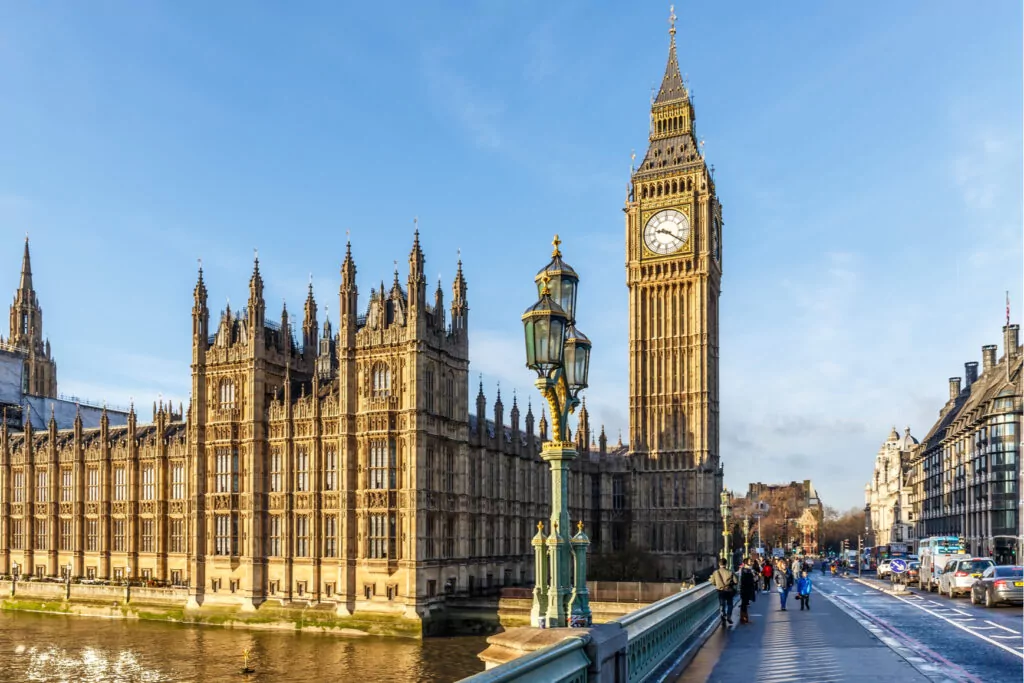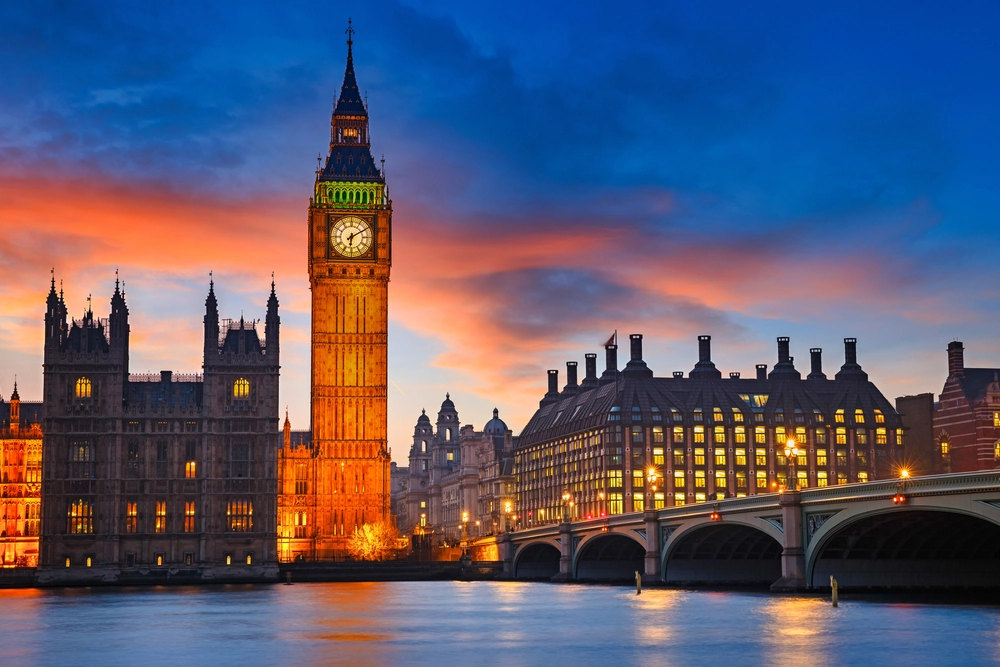
19 July – it’s life Jim, but not quite as we (employers) have known it…

The target date for the final easing of lockdown restrictions in England remains 19 July. The Prime Minister's stated intention is that "we can go back to life as it was before Covid as far as possible."
What does "as far as possible mean for employers, employees and customers? What restrictions, if any, will be mandated? What will be set out as guidance? There are likely to be twists and turns before 19 July in terms of what the government's position is.
At a headline level, our thoughts are as follows:
- There will be a shifting of responsibility to business to assess and manage its own Covid risk rather than rules being set at a societal level.
- If all mandated requirements and guidance were to fall away, the position would default to the general obligations on all employers to ensure the health and safety of employees and visitors. This obligation requires you to take into account known risks, legal requirements and guidance on best practice.
- It is worth revisiting your thinking on that if you haven’t done so recently. We suggest starting by assuming that the mandated requirements fall away. For the purposes of planning, it is easier to restore elements that might remain mandated back into your operating procedures than to second guess what may or may not be mandated.
- Reconsider your generic risk assessment taking into account what we now know about risks and best practice to manage the virus – this is not as simple as a return to pre-pandemic working. As the new Health Secretary made clear in his first speech to the Commons, "we know we have to learn to live with it". Decide which measures might be sensible for you to keep in place as mitigations in light of your specific working arrangements.
- This re-evaluation of the risks will factor in what we currently know about the continued presence of the virus, how the virus is transmitted and known effective precautions, tailored to your workplace. As a minimum, heightened cleaning regimes and better ventilation are obvious long-term mitigations that will be with us for the foreseeable.
- Broad themes to consider include:
- Are there categories of employee at higher risk e.g. increased risks to employees who must work in close proximity? Or have particular health characteristics?
- Is the ventilation capable of circulating fresh air or should additional measures be put in place?
- What are the risks to customer facing employees who engage with numerous members of the public? How frequent and close is the contact? Should they still wear masks?
- Should you continue to provide or encourage workplace testing to reduce the possibility of asymptomatic transmitters spreading the virus pending double dose universal vaccination?
- Risk Assessment will require more frequent review especially going into autumn and anticipated surges so build in review dates.
- Aim for minimum standards that are applied across all your estate but can be flexed up (but not down) if individual premise circumstances require.
- Undertake this planning with an employee representative group, both from an insight and an engagement perspective.
- Anticipate what will inspire confidence and joy in your customers.
- HR, PR and comms will be important to take employees and customers with you.
We will update further when the government guidance becomes clearer but, in the meantime, review your own position and if we can help your planning and preparations, please do get in touch.











